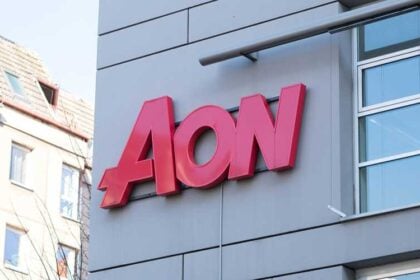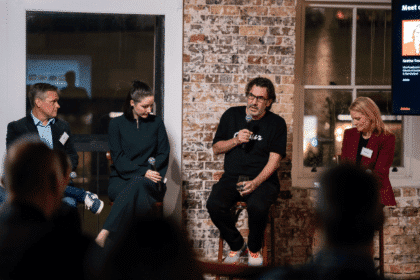In the world of social media, Snapchat has in many ways been the comeback kid of 2019.
The company’s share prices fell into decline shortly after going public in 2017, falling to an all-time low in December last year.
But it’s been a case of ‘new year, new me’ so far for the Evan Spiegel-led company, with share prices now up almost 200 per cent since January.
The revival has been built around two main pillars; embracing youth and pushing innovation.
And the two go hand-in-hand.
Snapchat reaches more 13-24 year-olds than either Facebook or Instagram in the US, UK, France, Canada, and Australia, the company recently shared during the recent Snap Partner Summit in LA.
But having dominance over this specific demographic does not automatically translate into success, especially when the main source of revenue is advertising.
“The biggest challenge when targeting the 13 to 18-year-old audience is addressing the perception, reality, of just how influential this particular audience is,” said Snapchat Australia GM Kathryn Carter (pictured) in an interview with B&T.
“What we’re seeing is that increasingly, brand consideration, brand preference, and brand awareness is built in those early years.”
“The need for brands to establish their credentials, point of view, and legacy, with this generation, is absolutely critical; not just for them as today’s consumer, but certainly them as tomorrow’s consumer.
Carter confirmed Snap Inc is working with marketeers and agencies to ensure they are aware of “the influence of that audience”.
Demystifying AR
Once viewed as an emerging technology, Augmented Reality (AR) has now been thrust into the mainstream, largely on the back Snapchat.
“It’s been something which we have led the way since its inception,” Carter said of the technology. “We’ve been doing it for longer and at a bigger scale than any of the other platforms out there.”
And while much of the popularisation of AR on Snapchat has been on the back of fun and interactive filters that allow users to artificially change their appearance, the key for Snap Inc has been commercialising it.
“AR isn’t a novelty, AR is something which is a scalable solution to drive engagement and increasingly business results as well,” said Carter.
Snap’s data shows 70 per cent of its 200+ million daily users are interacting with AR in some way for three minutes a day.
And according to Carter, this reach combined with the ability for businesses to integrate it with their brand makes it an”incredibly sophisticated, incredibly immersive, incredibly impactful advertising solution”.
“We really firmly believe that it is the advertising solution for the mobile generation.”
This might look like a ‘branded lens’, where users can have an interactive experience with a brand through their phone, whether that be trying on a pair of virtual shoes, as Foot Locker in the US enabled, trying on makeup or promoting an upcoming movie.
AR advertising on Snapchat has taken on many different forms since arriving on the platform. But the latest ‘AR to DR’ iteration could prove the most impactful.
“When we first launched it, AR was mostly about driving awareness and consideration,” Carter said.
“Now, with the developments that we’ve had from a technology perspective, mean that we can say, ‘okay, not only are we launching a new movie, but if you have interacted and engaged with that AR experience, you can now click to purchase the tickets’.
“It’s really connecting the AR experience to a direct response.”








